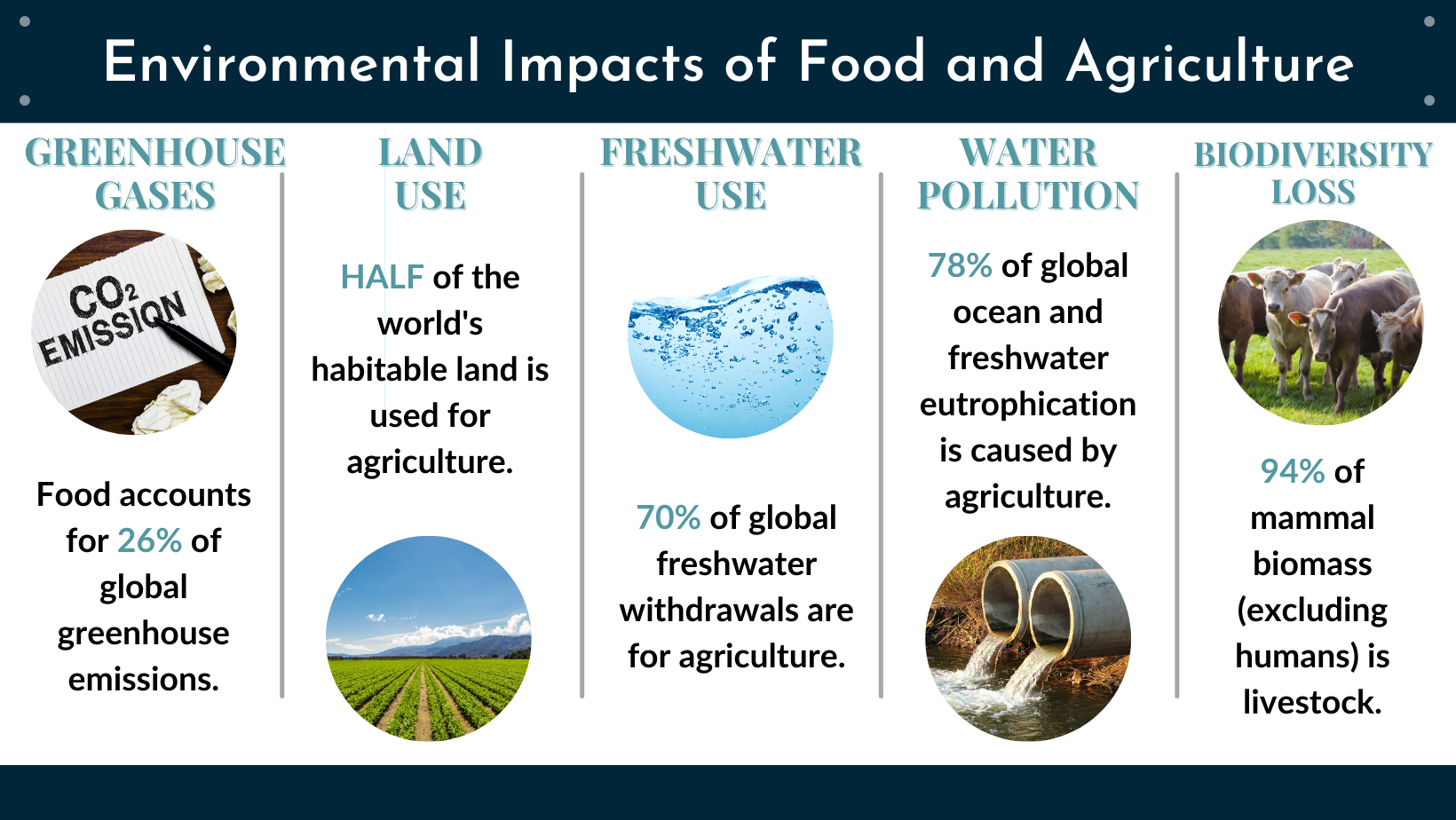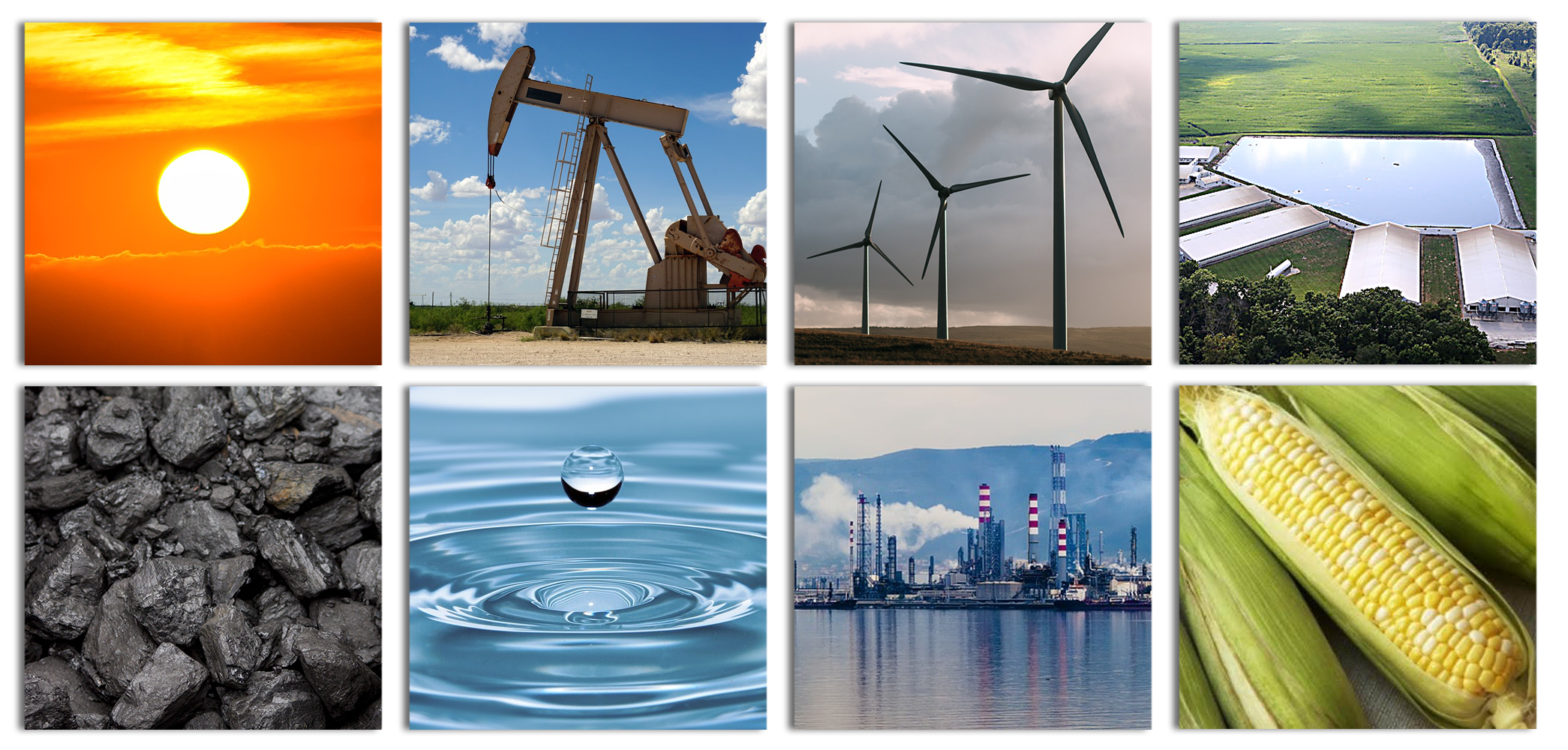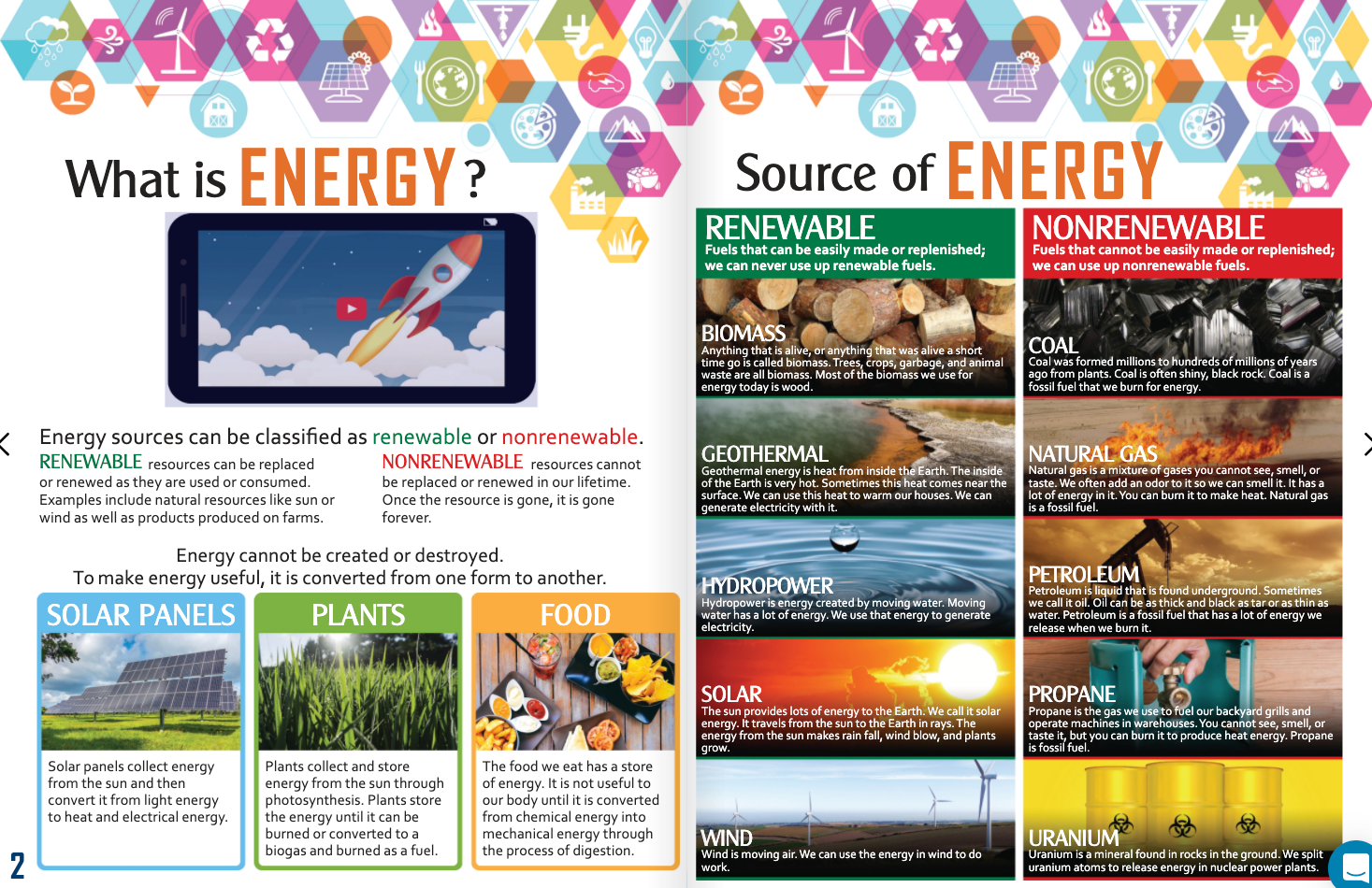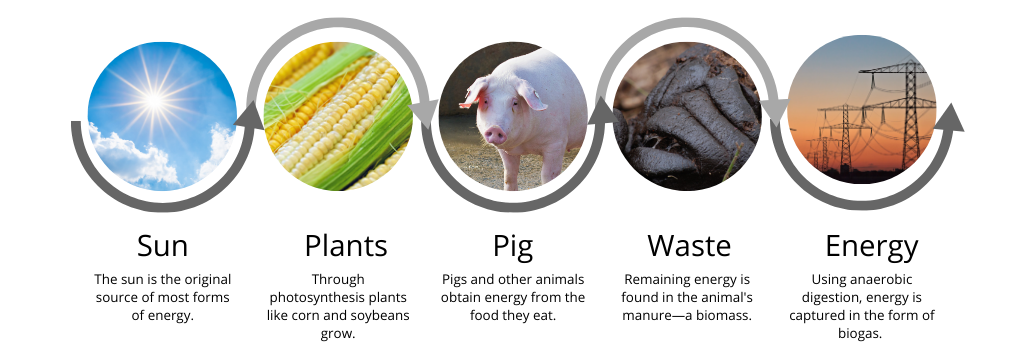Pig Power: Creating Biogas and Renewable Energy
After exploring the science of energy and energy conversion, students will evaluate some environmental impacts of hog farming and explore technologies that minimize negative human impact by creating biogas energy from animal waste.
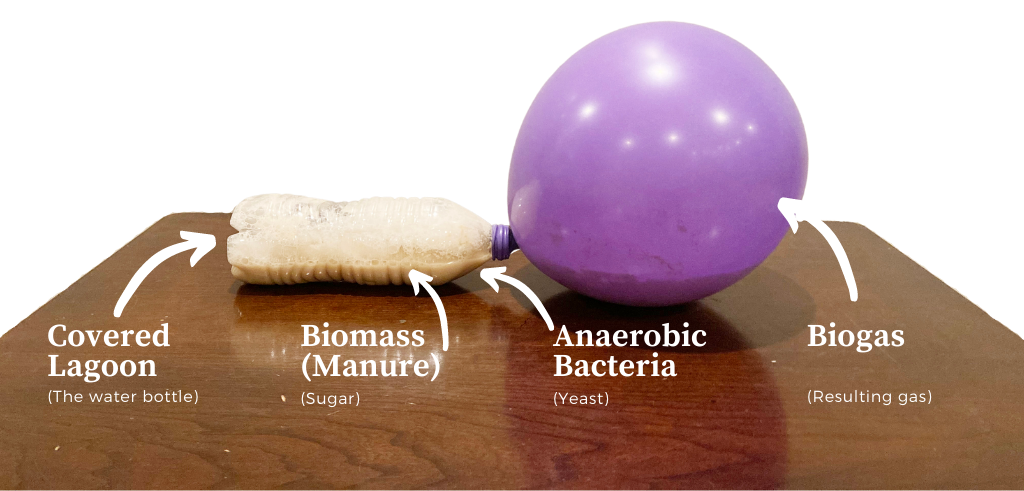
Background
Lesson Activities
Recommended Companion Resources
Credits
Author
Andrea Gardner | National Center for Agricultural Literacy (NCAL)
Acknowledgements
This lesson was created with support from Smithfield Foods, Inc. for National Agriculture in the Classroom. Smithfield has pioneered sustainability standards for more than two decades, including its industry-leading commitments to become carbon negative in U.S. company-owned operations and reduce GHG emissions 30% across its entire U.S. value chain by 2030. More information on their environmental goals can be found on their environment page.
Sources
- https://www.conserve-energy-future.com/various-wind-energy-facts.php
- https://www.reference.com/article/interesting-energy-3128fbc84b036c54?aq=interesting+facts+about+energy&qo=cdpArticles
- https://www.eia.gov/todayinenergy/detail.php?id=18431
- https://www.nrcs.usda.gov/wps/portal/nrcs/detail/national/technical/?cid=nrcs143_014211
- https://ag.umass.edu/crops-dairy-livestock-equine/fact-sheets/manure-nutrient-resource
- https://www.ers.usda.gov/topics/farm-practices-management/crop-livestock-practices/manure-management
- http://www.fao.org/news/story/en/item/197623/icode/
- https://ourworldindata.org/environmental-impacts-of-food
- https://www.epa.gov/energy/learn-about-energy-and-its-impact-environment
- https://www.epa.gov/ghgemissions/sources-greenhouse-gas-emissions
Standards
National Content Area Standards
- Career & Technical Education
- AFNR (Grades 9-12): Environmental Service Systems Career Pathway
- ESS.02.02: Compare and contrast the impact of current trends on regulation of environmental service systems (e.g., climate change, population growth, international trade, etc.).
- ESS.03.04: Apply microbiology principles to environmental service systems.
- ESS.04.02: Manage safe disposal of all categories of solid waste in environmental service systems.
- ESS.04.04: Compare and contrast the impact of conventional and alternative energy sources on the environment and operation of environmental service systems.
- AFNR (Grades 9-12): Environmental Service Systems Career Pathway
- Social Studies – Geography
- APHG Topic 5.11: Challenges of Contemporary Agriculture
- IMP-5.B.1: Agricultural innovations such as biotechnology, genetically modified organisms, and aquaculture have been accompanied by debates over sustainability, soil and water usage, reductions in biodiversity, and extensive fertilizer and pesticide use.
- APHG Topic 5.11: Challenges of Contemporary Agriculture
- Science
- HS-PS3: Energy
- HS-PS3-3: Design, build, and refine a device that works within given constraints to convert one form of energy into another form of energy.
- HS-ESS3: Earth and Human Activity
- HS-ESS3-2: Evaluate competing design solutions for developing, managing, and utilizing energy and mineral resources based on cost-benefit ratios.
- HS-ESS3-4: Evaluate or refine a technological solution that reduces impacts of human activities on natural systems.
- HS-LS2: Ecosystems: Interactions, Energy, and Dynamics
- HS-LS2-3: Construct and revise an explanation based on evidence for the cycling of matter and flow of energy in aerobic and anaerobic conditions.
- HS-LS2-7: Design, evaluate, and refine a solution for reducing the impacts of human activities on the environment and biodiversity.
- APES Unit 5: Land and Water Use
- EIN-2.D Impact of Agricultural Practices: Describe agricultural practices that cause environmental damage.
- APES Unit 6: Energy Resources and Consumption
- ENG-3.1 Energy from Biomass: Describe the effects of the use of biomass in power generation on the environment.
- HS-PS3: Energy
